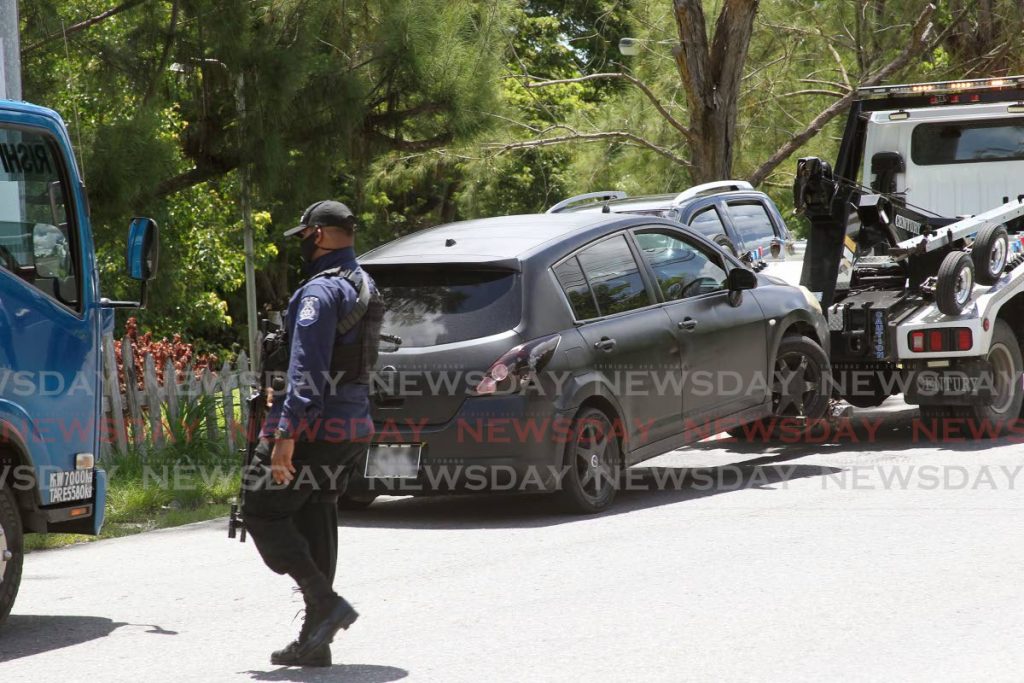Resume wrecking with a plan

Wrecking of illegally parked vehicles in Port of Spain remains suspended, after the plan to resume the measure was postponed in June.
Mayor Joel Martinez is hoping to resume wrecking in the city before year-end.
Meanwhile, with the relaxation of covid19 restrictions, road congestion is increasing, and with the reopening of school, it will only get worse.
People are also going out again in the evenings, and problems with indiscriminate parking in residential neighbourhoods like Woodbrook are again becoming a problem.
But wrecking shouldn’t be the first way that traffic and parking are managed.
There’s more that should be done to reinforce and clarify parking rules by ensuring there is adequate, clear signage and warning lines to guide drivers in their search for parking spaces.
Parking and the impact it has on traffic control should be the subject of data-driven, resource-aware deliberations.
Long-term solutions like limiting vehicle access to crowded city centres can only be seriously considered if mass-transit solutions are in place to meet the public need for access. The earliest access to the growing city centre, trams that ran regularly into and out of the capital city, a solution which has been raised more than once, might be one worth revisiting.
A redesign of the capital that included tram access with safe parking outside the city and enhanced pedestrian access could fundamentally change how people experience Port of Spain.
But before we can engage in idealistic thinking, the immediate problem facing our city centres must be managed.
Responding to the congestion issues, Mr Martinez noted that a test of parking meters was planned before the covid shutdowns. Parking meters change the equation on parking from first-come, first-served to a time-based valuation of a limited resource – public parking space.
It would represent an overdue rethinking of parking space on crowded streets as a scarce asset to be managed, not a problem to be continuously fixed.
These devices also map demand for parking, which can guide city planners in more effective use of available spaces for permanent and temporary parking. New, WiFi-connected smart parking meters report on occupancy and adjust their rates according to demand, while also mapping usage patterns.
Putting a value on public parking might also stimulate more private-sector interest and investment in turning empty lots into multi-storey car parks, stir businesses to design buildings with more on-site parking and introduce innovations like park-and-ride schemes to encourage shoppers.
Until then, more frequent foot patrols of downtown Port of Spain during the working day and on Ariapita Avenue at night would put a human face on the country’s traffic laws and help to rebuild awareness of what’s expected of drivers using city roads.


Comments
"Resume wrecking with a plan"